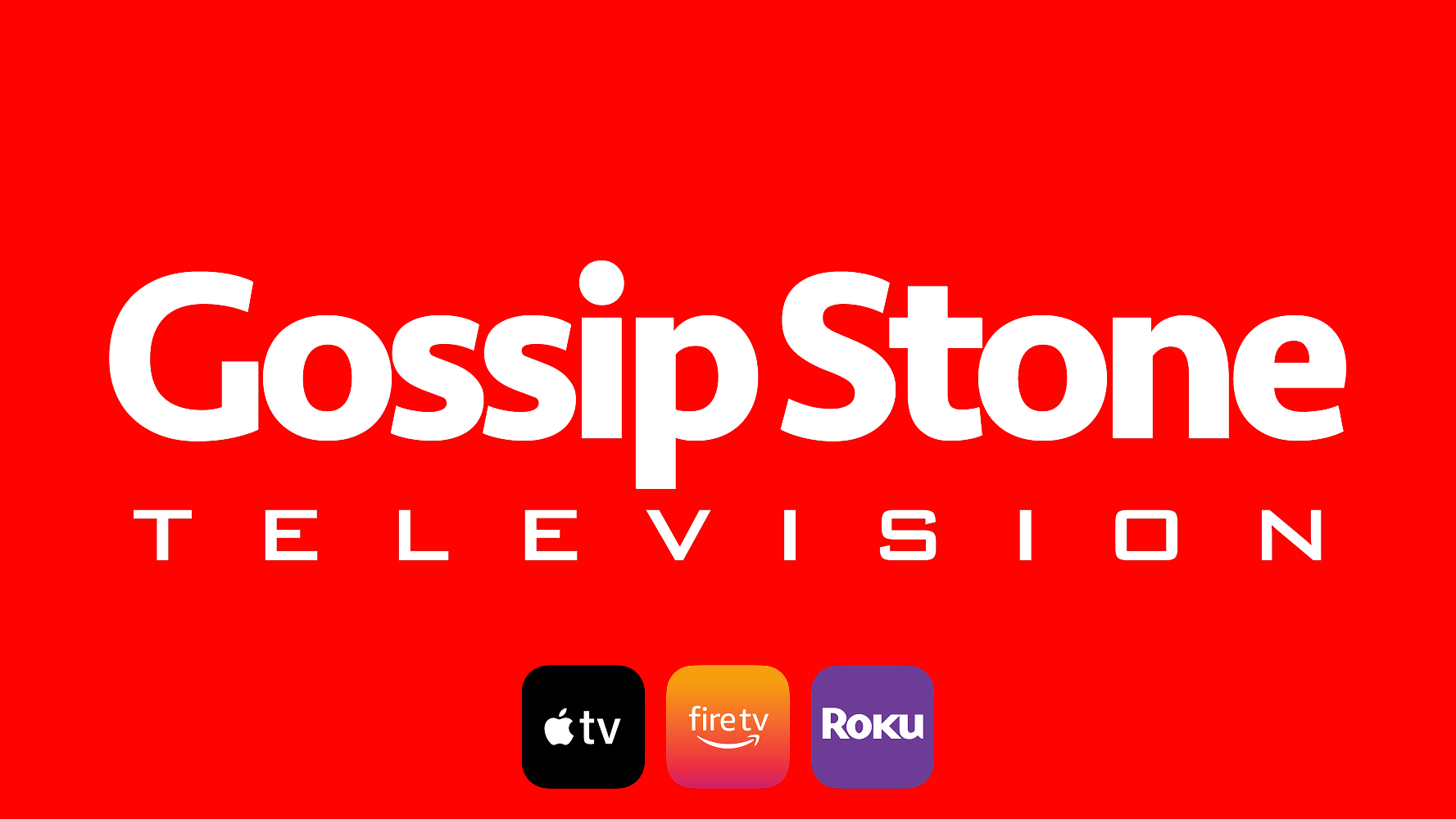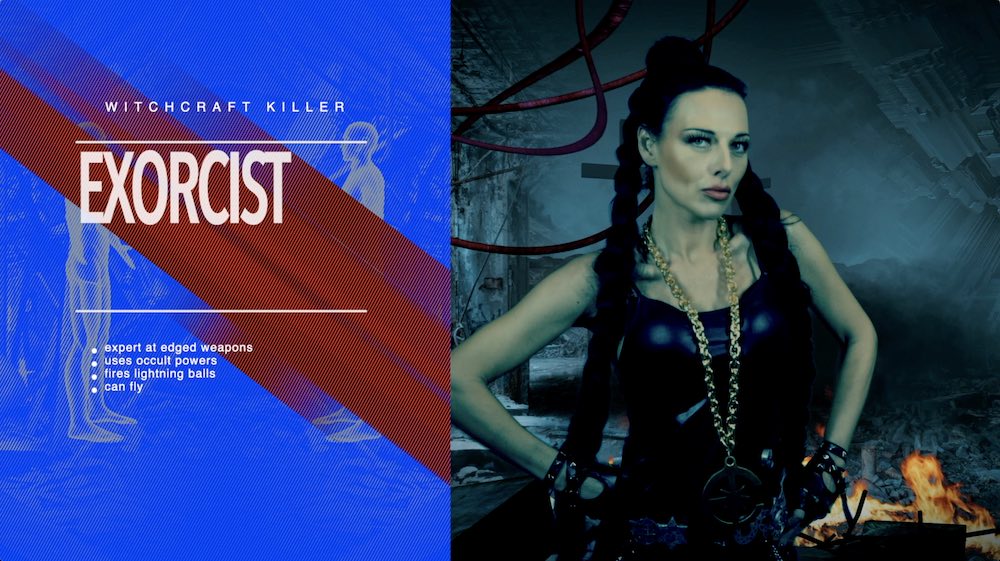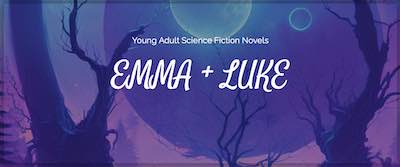In today’s digital age, the alcohol industry faces a dual challenge: standing out in a saturated market while adhering to strict advertising regulations. For premium spirits brands, Instagram has emerged as a goldmine for creative alcohol marketing, blending visual storytelling with targeted engagement. This article dives deep into the strategies, legal frameworks, and cultural shifts shaping cocktail culture and alcohol advertising. From leveraging Instagram’s algorithm to navigating the Federal Alcohol Administration Act, we’ll explore how to craft campaigns that resonate globally—and why appearing in the world’s press is non-negotiable for success.
Understanding the Alcohol Industry
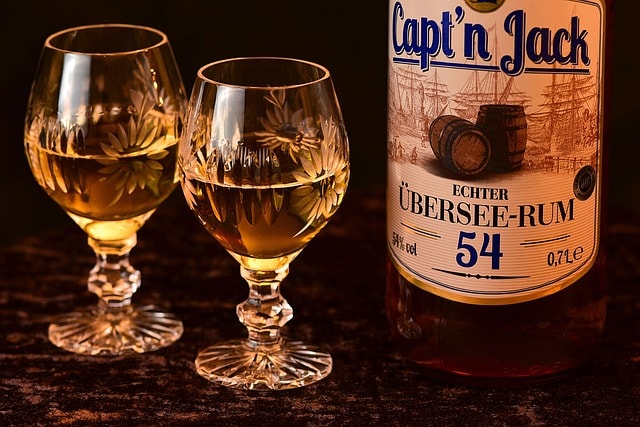
The alcohol industry is a complex and multifaceted sector that encompasses the production, distribution, and marketing of alcoholic beverages. Governed by a myriad of regulations, including the Federal Alcohol Administration Act (FAA Act), the industry must navigate strict guidelines on labeling and advertising to ensure compliance. The FAA Act plays a crucial role in maintaining transparency and honesty in alcohol marketing, safeguarding consumers from misleading claims.
The Distilled Spirits Council, a prominent trade association, represents the interests of the distilled spirits industry. It advocates for responsible drinking practices and works to promote the industry’s economic contributions. Indeed, the alcohol industry is a significant economic powerhouse, generating billions of dollars in revenue annually and providing numerous jobs.
However, the industry also grapples with public health challenges, such as underage drinking and excessive consumption. These issues necessitate a careful balance between promoting products and ensuring public safety. By adhering to regulations and promoting responsible drinking, the industry can continue to thrive while addressing these critical concerns.
The Rise of Premium Spirits and Alcohol Marketing
The global demand for premium spirits is skyrocketing, driven by consumers seeking authenticity, craftsmanship, and experiential branding. Alcoholic beverage companies are no longer just selling products; they’re curating lifestyles. Instagram, with its 2.4 billion monthly active users, offers unparalleled opportunities for alcohol advertising. However, the alcohol industry must tread carefully. Regulations like the Federal Alcohol Administration Act (FAA Act) and self-regulation guidelines from bodies like the Distilled Spirits Council demand compliance, especially regarding underage drinking prevention and alcohol content disclosures.
For example, brands like Patrón and Grey Goose have mastered alcohol marketing by blending aspirational imagery with educational content. Their Instagram feeds showcase cocktail recipes, behind-the-scenes distillery tours, and collaborations with mixologists—all while subtly reinforcing their premium positioning.
Instagram Strategies for Alcohol Brands
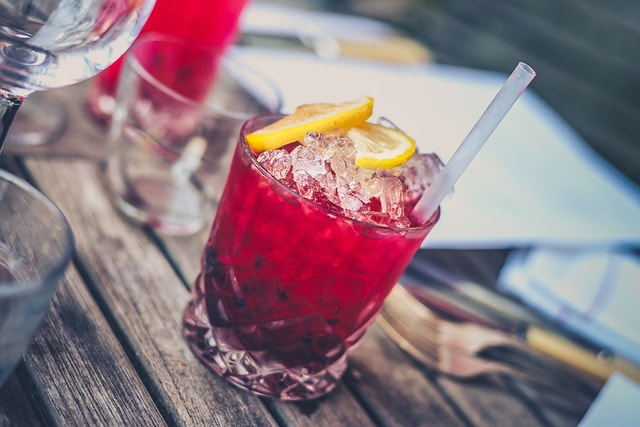
Visual Storytelling: High-quality photos and videos of cocktails, bottle designs, and bar setups dominate successful alcoholic beverage advertisements. Use carousel posts to highlight ingredients or pairing suggestions.
Influencer Partnerships: Collaborate with mixologists, bartenders, and lifestyle influencers who align with your brand’s ethos. Ensure they adhere to alcohol advertising restrictions, such as age-gating content.
Interactive Content: Polls, quizzes, and AR filters (e.g., “Create Your Signature Cocktail”) boost engagement. Bacardi’s #BacardiCocktailChallenge went viral by encouraging user-generated content.
Geo-Targeting: Use Instagram’s tools to exclude underage audiences and comply with legal drinking age laws.
⚠️ Key Consideration: The Federal Trade Commission (FTC) mandates clear disclosures for sponsored posts. Always tag partnerships with #ad or #sponsored.
Navigating Alcohol Advertising Restrictions
Alcohol marketing is among the most regulated sectors. Regulations ensure that each alcohol advertisement adheres to strict guidelines to prevent underage drinking. In the U.S., the FAA Act prohibits false claims and mandates health warnings. These regulations also apply to specific types of alcoholic products, including malt beverages, ensuring they comply with advertising laws. Meanwhile, self-regulation initiatives by the Distilled Spirits Council emphasize responsible advertising. For instance, alcohol beverage advertising must avoid themes that promote underage drinking or excessive consumption.
Brands like Diageo and Pernod Ricard have turned these constraints into opportunities. Their campaigns focus on moderation, heritage, and craftsmanship—values that resonate with mature audiences. For example, Johnnie Walker’s “Keep Walking” campaign highlights personal growth rather than alcohol consumption itself.
The Impact of Alcohol Advertising on Consumers
Alcohol advertising wields considerable influence over consumer behavior, particularly among younger demographics. Studies have shown that exposure to alcohol advertisements can lead to increased consumption and a higher risk of problem drinking. This underscores the importance of responsible advertising practices within the alcohol industry.
The Federal Trade Commission (FTC) plays a pivotal role in overseeing advertising practices, ensuring that alcohol advertisements are truthful and not misleading. The FTC’s guidelines are designed to protect consumers from deceptive practices, requiring that all claims made in advertisements be substantiated.
Despite these regulations, some critics argue that the current framework is insufficient to fully protect consumers, especially younger audiences, from the persuasive power of alcohol ads. This ongoing debate highlights the need for continuous evaluation and potential strengthening of advertising regulations to safeguard public health.
Avoiding Deceptive Advertising Practices
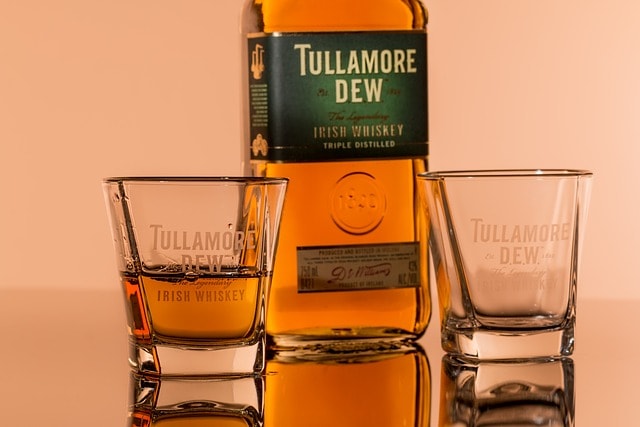
Deceptive advertising practices are a significant concern in the alcohol industry, particularly when it comes to targeting young people. The Federal Trade Commission (FTC) has established guidelines to prevent such practices, ensuring that all advertising claims are substantiated and not misleading.
Advertisers must be vigilant in their efforts to avoid deceptive practices, especially when using celebrity endorsements and social media influencers. These endorsements can sometimes blur the lines between promotion and excessive consumption, making it crucial for advertisers to maintain transparency and honesty.
Additionally, advertisers must consider the potential impact of their campaigns on vulnerable populations, such as underage drinkers. By adhering to FTC guidelines and promoting responsible drinking, the alcohol industry can avoid deceptive practices and contribute to a healthier public discourse around alcohol consumption.
Balancing Commercial Speech and Public Health Concerns
The regulation of alcohol advertising presents a complex interplay between commercial speech rights and public health concerns. While the First Amendment protects commercial speech, this protection is not absolute. The Central Hudson test is a legal standard used to determine the constitutionality of regulations on commercial speech.
According to the Central Hudson test, any regulation must be narrowly tailored to serve a substantial government interest. In the context of alcohol advertising, the government’s interest lies in protecting public health and preventing underage drinking. However, these regulations must also respect the rights of advertisers to engage in commercial speech.
A balanced approach is essential to address public health concerns while safeguarding the rights of advertisers. By carefully crafting regulations that protect consumers without unduly restricting commercial speech, policymakers can ensure a fair and effective framework for alcohol advertising.
The Critical Role of Global Media Presence
Being featured in prestigious publications like Forbes, The New York Times, or The Spirits Business elevates a brand’s credibility and amplifies advertising campaigns. Media coverage acts as third-party validation, amplifying your alcohol marketing efforts. Consider these tactics:
Press Releases: Announce product launches, awards, or sustainability initiatives.
Expert Contributions: Write op-eds on trends like low-alcohol cocktails or sustainable distilling.
Crisis Management: Proactively address issues like underage drinking or alcohol content concerns to maintain trust.
A case in point: When Aviation Gin faced backlash over a controversial ad, CEO Ryan Reynolds’ humorous response in Vanity Fair turned the narrative around, boosting sales by 30%.
Case Studies: Alcohol Marketing Done Right
Casamigos Tequila: Co-founded by George Clooney, the brand leveraged celebrity appeal and Instagram’s visual platform to become a $1 billion acquisition, showcasing how alcoholic beverage companies can achieve success.
Absolut Vodka: Their “Equal Love” campaign supported LGBTQ+ rights, blending social responsibility with alcohol advertising. It garnered 150+ million impressions.
Hendrick’s Gin: Quirky, surrealist ads positioned the brand as unconventional, appealing to millennials seeking unique experiences.
The Future of Alcohol Marketing
Emerging trends include:
Virtual Tastings: Partner with delivery services to offer curated tasting kits. As virtual tastings become more popular, alcoholic beverage advertisements will need to adapt to these new formats.
NFTs and Metaverse Integration: Brands like Budweiser are experimenting with digital collectibles.
Sustainability Messaging: Highlight eco-friendly packaging or carbon-neutral production.
Why Choose VU Media Group?
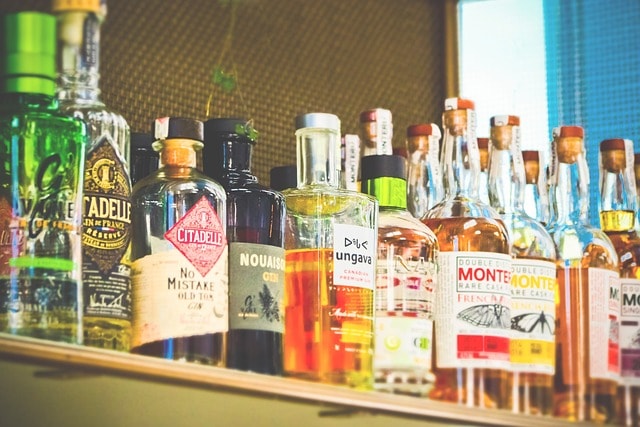
With over 500 successful advertising campaigns in the alcohol industry, VU Media Group specializes in premium spirits marketing. Our expertise spans Instagram strategy development, compliance with alcohol advertising restrictions, and securing global media coverage. Let us transform your brand into a household name.
👉 Explore our services: https://vugamediagroup.com/services/
Sources:
Federal Trade Commission (FTC) Alcohol Marketing Guidelines
Distilled Spirits Council Self-Regulation Code
Impact of Social Media on Alcohol Consumption: https://www.ncbi.nlm.nih.gov/pmc/articles/PMC7213819/

